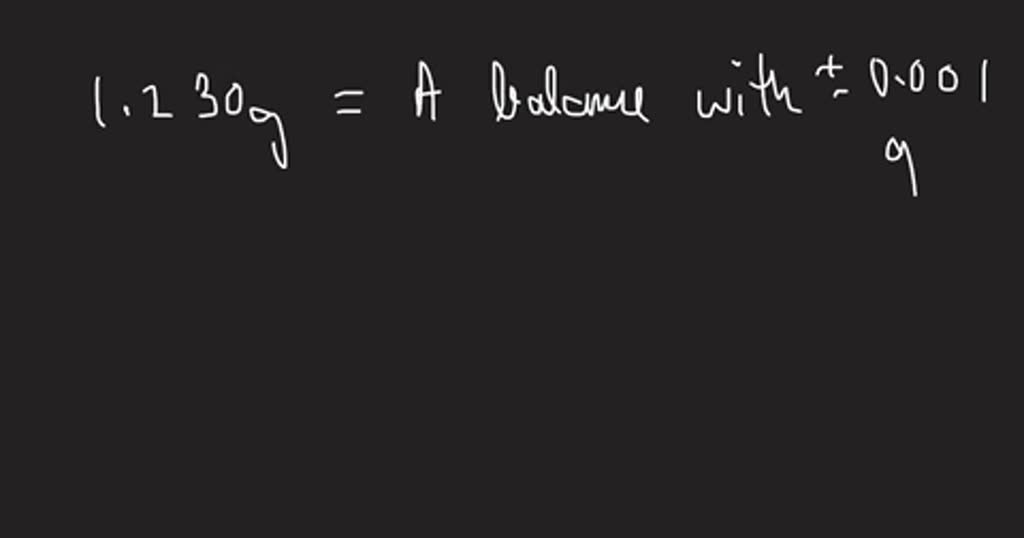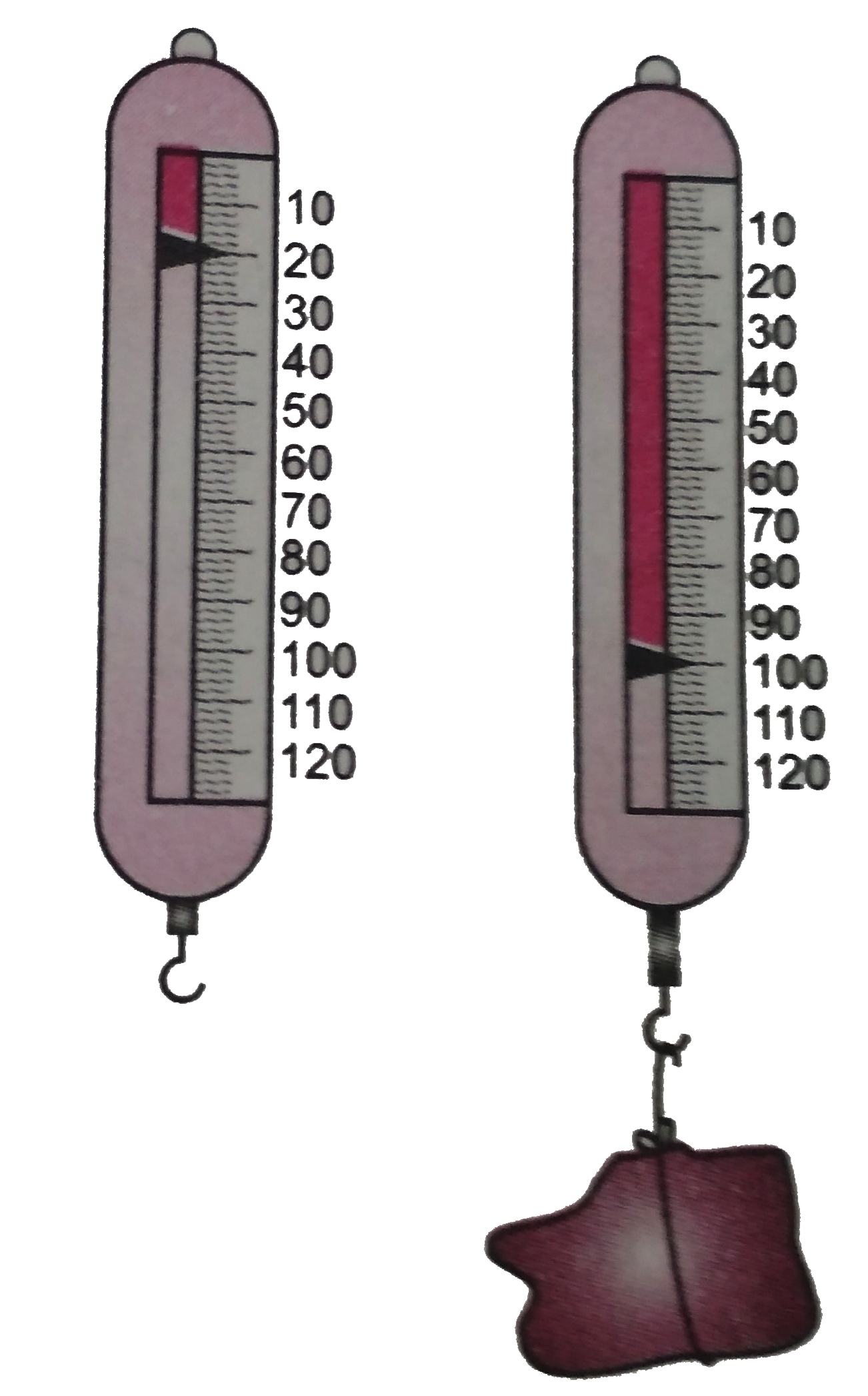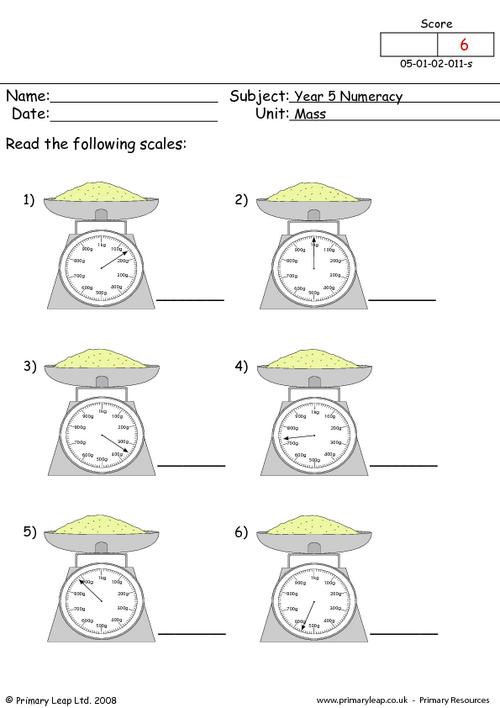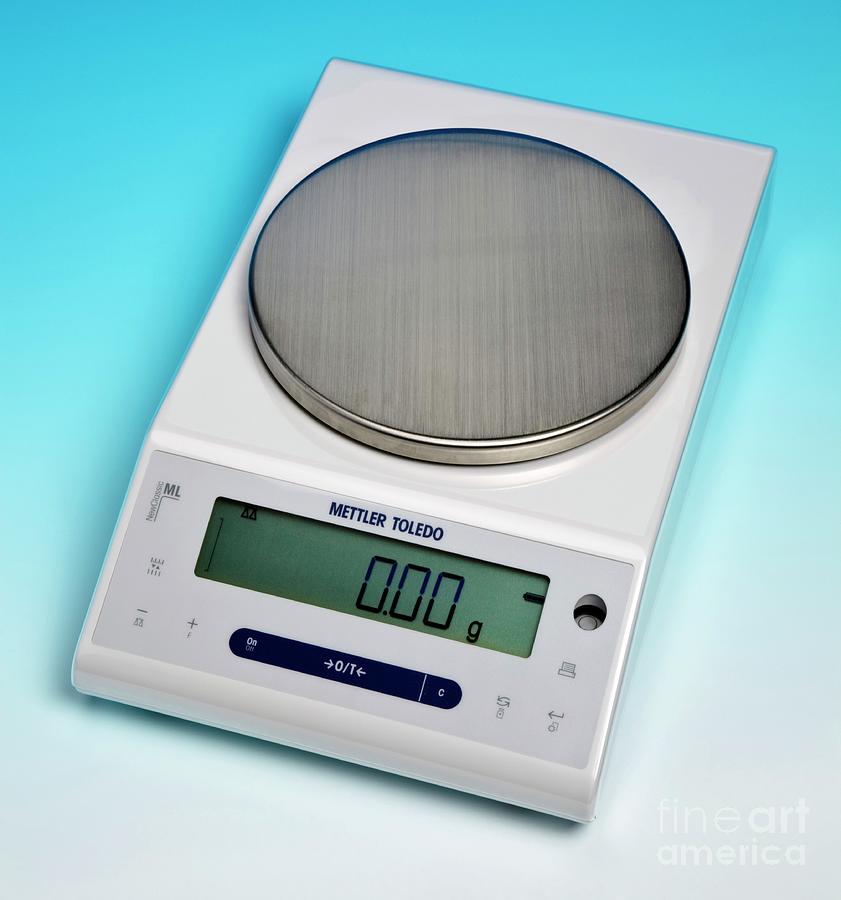Identify Which Balance Was Used To Make Each Mass Reading

Forensic laboratories worldwide are facing a new challenge: definitively identifying the specific balance used to generate individual mass readings in evidence analysis. The quest to link measurements to particular instruments is driven by increasing scrutiny of analytical processes and a growing need for irrefutable data integrity in legal proceedings.
The ability to pinpoint the instrument responsible for a mass reading is critical for several reasons. This enhances the chain of custody, bolsters data validation, and supports efforts to identify potential sources of error. The current reliance on documented procedures and analyst expertise is no longer sufficient to meet the rising demands of modern forensic science.
The Challenge of Instrument Identification
Forensic labs often utilize multiple balances of the same make and model, making it challenging to differentiate between readings. Traditional methods primarily rely on meticulous record-keeping, which is vulnerable to human error.
Dr. Anya Sharma, a leading forensic scientist at the National Institute of Standards and Technology (NIST), explains, "Currently, our traceability heavily relies on the analyst diligently documenting which instrument was used for each measurement. This leaves room for potential ambiguity, especially in complex cases involving numerous samples and readings."
The problem intensifies when historical data is involved. Older records may lack the necessary detail or clarity for unambiguous instrument identification.
Innovative Solutions Emerge
Researchers are exploring several innovative approaches to address this challenge. One promising avenue is the development of unique "fingerprints" for each balance based on inherent variations in their performance characteristics.
This method involves collecting extensive data on each balance's performance under various conditions. Researchers analyze factors like linearity, repeatability, and sensitivity to create a distinct profile for each instrument.
Dr. Ben Carter, a professor of analytical chemistry at Stanford University, elaborates, "We are essentially creating a 'digital fingerprint' for each balance. This fingerprint is based on subtle, but measurable, differences in how each instrument responds to standard masses."
Analyzing Measurement Data for Instrument Signatures
Another approach focuses on analyzing the raw measurement data for subtle patterns that could indicate the instrument used. This includes analyzing noise levels, drift characteristics, and response times.
Machine learning algorithms are being employed to identify these patterns, even in noisy data. The algorithms are trained on data from known balances and then used to classify readings from unknown sources.
Sarah Chen, a data scientist working with a forensic lab in Los Angeles, states, "Machine learning allows us to sift through vast amounts of data and identify subtle instrument-specific signatures that would be impossible for a human analyst to detect."
Potential Impact on Forensic Science and the Legal System
The successful implementation of these techniques could have a significant impact on forensic science and the legal system. Enhanced data integrity would strengthen the admissibility of evidence in court.
It could also lead to more reliable and accurate forensic analyses. The ability to identify the instrument used for each measurement would allow for better error correction and quality control.
Legal experts anticipate that this new capability will raise the bar for forensic evidence. Attorneys will be able to challenge the validity of mass readings based on the potential for instrument-specific biases.
Implementation Challenges and Future Directions
Despite the promise of these new techniques, several challenges remain. One major hurdle is the cost and complexity of implementing these solutions in existing forensic labs.
Standardization of data collection and analysis protocols is also crucial. Inter-laboratory collaboration is essential to ensure the widespread adoption and reliability of these methods.
Furthermore, continuous validation and refinement of these techniques are necessary to maintain their accuracy and effectiveness. As technology advances, new methods for instrument identification may emerge.
Looking ahead, researchers envision a future where every mass reading is automatically linked to a specific balance. This would create a more transparent and accountable system for forensic analysis.
The ongoing efforts to identify the specific balance used to generate mass readings represent a crucial step towards enhancing the reliability and integrity of forensic science. This advancement promises to strengthen the foundations of justice by providing more robust and defensible scientific evidence.


















